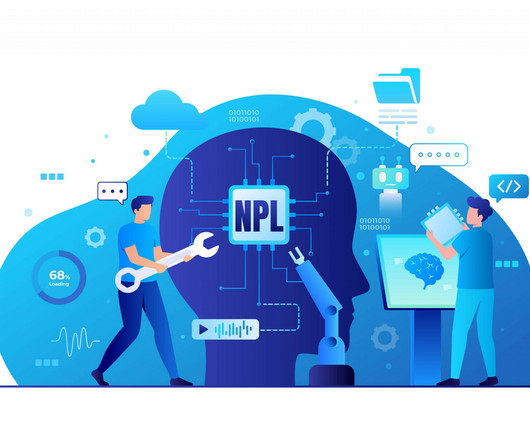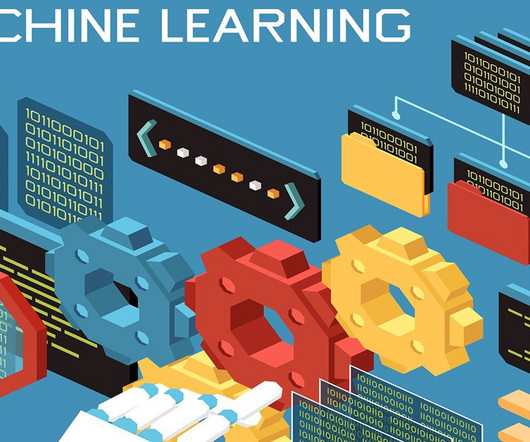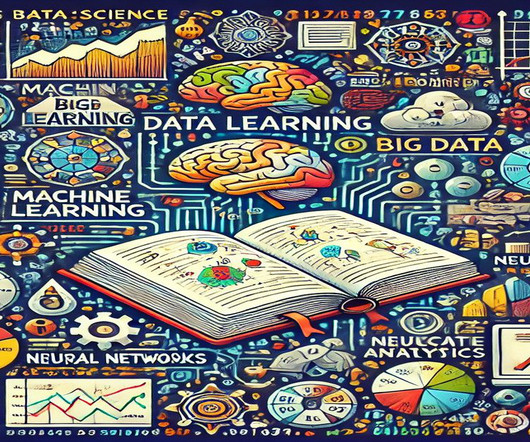Problem-solving tools offered by digital technology
Data Science Dojo
FEBRUARY 15, 2023
Zheng’s “Guide to Data Structures and Algorithms” Parts 1 and Part 2 1) Big O Notation 2) Search 3) Sort 3)–i)–Quicksort 3)–ii–Mergesort 4) Stack 5) Queue 6) Array 7) Hash Table 8) Graph 9) Tree (e.g.,


















Let's personalize your content